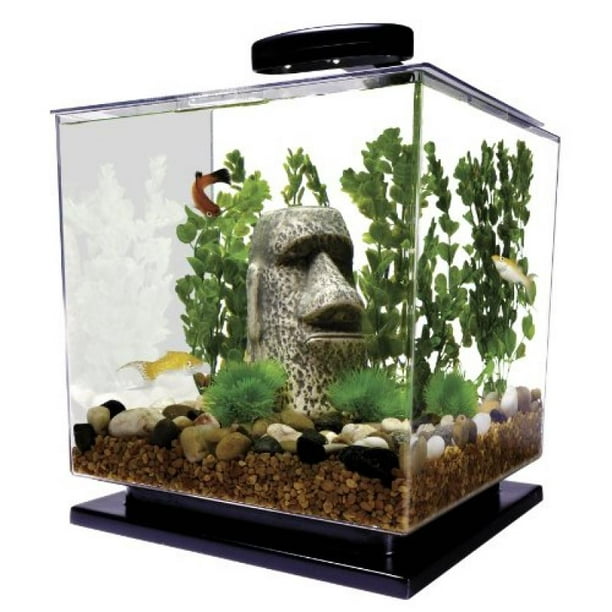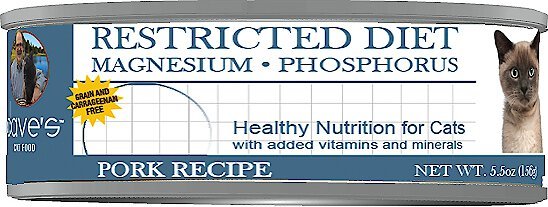Standlee Premium Products Certified Straw Grab and Go Compressed Bale Animal Bedding, 3.6 cu. ft.
Standlee Premium Products Certified Straw Compressed Bales are made from Certified Noxious Weed Free Barley or Wheat Straw that has been double compressed compared to traditional string bales, saving storage space and shrink-wrapped to limit mess. Standlee Certified Straw is all-natural and can be used for animal bedding, erosion control, decorating, and composting. Straw is not recommended for equine bedding as horses may consume it. Available in 3.6 cu ft bales (18cu ft. expanded).
Standlee Premium Products Certified Straw Compressed Bales are made from Certified Noxious Weed Free Barley or Wheat Straw that has been double compressed compared to traditional string bales, saving storage space and shrink-wrapped to limit mess. Standlee Certified Straw is all-natural and can be used for animal bedding, erosion control, decorating, and composting. Straw is not recommended for equine bedding as horses may consume it. Available in 3.6 cu ft bales (18cu ft. expanded).
- Certified noxious weed free – safe for national parks
- All-natural – Promotes a more sustainable and environmentally friendly approach to horse care, reducing the need for harsh chemicals or non-biodegradable materials
- Absorbent – Provides superior moisture absorption, reducing the risk of bacterial growth and promoting a healthier living environment
- Expands and flakes – Physical form allows visual inspection of quality and consistency
- Compost Friendly – Creates nutrient-rich compost that can be used to enhance soil quality and promote plant growth
- Mud Control- keeps areas dry and reduces chances of slips and falls
- Shrink-wrapped – No product loss or mess in transit
- Efficient Storage – convenient for animal owners with limited storage capacity
- Made in USA – Made in Idaho with care with the highest-quality forage in the USA
Additional information
| Country of Origin | Made in USA |
|---|---|
| Forage Packaged Weight Range | 26-49 lb |
| Horse Life Stage | All Life Stages |
| Packaged Height | 12 in. |
| Packaged Length | 17 in. |
| Packaged Weight | 40.2 lb. |
| Packaged Width | 21 in. |
| Product Height | 16.5 in. |
| Product Length | 11.5 in. |
| Product Weight | 50 lb. |
| Product Width | 21 in. |
| Warranty | 30 day guarantee |
| Manufacturer Part Number | 1600-20121-0-0 |










by Kristen
Perfect! I toss one of these in the dogs kennel in winter time,when it snows I literally grab a handful and toss it around.its perfect! Our little dogs definitely appreciate it.
by Ann
This straw is so convenient for me to take from the car to my yard with the handy handle. The compress bale keeps it neat as I peal off portions as I need it and not have a lot of loose straw around. The plastic covering helps to keep it dry.
by Brandon
Good bedding for goats
by Darrell
Fast friendly Service